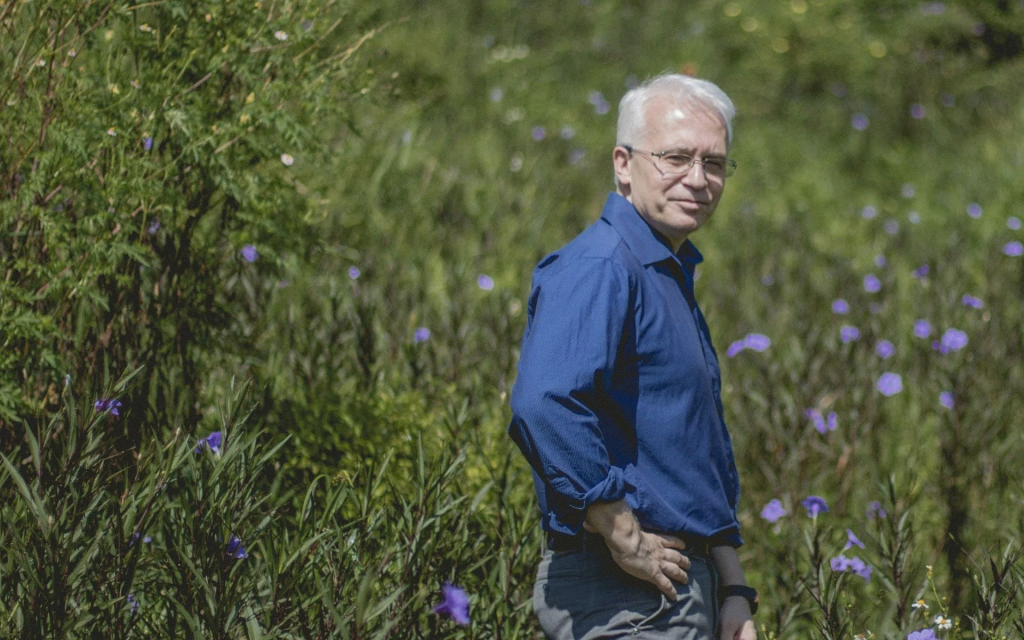Wild edible plants, hidden treasures of nature and culture
From the green forest to the dining table
The story of the journey from the green forest to the dining table truly reveals a mysterious and rich culinary world. Wild foods such as wild fruits, wild vegetables, and yams have long been an important source of life for indigenous people. Not only are they food, but they also contain cultural values and knowledge about nature that have been passed down from generation to generation
Professor Dr. Eric Olmedo – a leading researcher in sociology and anthropology, has spent many years exploring this culinary world. He is currently working at the Center for International Education and Innovation, where he leads many research projects related to the interaction between food and culture in different communities worldwide. With many years of research experience in Malaysia and other countries, Professor Olmedo has contributed significantly to the understanding of the relationship between wild foods and communities, as well as their impact on food security and biodiversity conservation. Through his research on indigenous communities in Malaysia, he has revealed many secrets of how local people utilize the forest’s gifts to create delicious and nutritious meals.

Professor Eric Olmedo,Co-Chairman of UNESCO Chair, a leading expert in food anthropology at the National University of Malaysia
Wild edible plants in the geographical area known as Israel, as in other countries, have been used to sustain life in times of scarcity and famine, or simply used as a supplementary food source for added nutrition and pleasure. The diverse flora of Israel and Palestine provides a wide variety of plants suitable for human consumption, many of which have a long history of use in the daily diets of the indigenous people.

Capparis spinosa

Lactuca serriola
Wild foods are a treasure trove of nutrients, rich in vitamins, minerals, and antioxidants, providing many health benefits. Sustainable exploitation of wild foods not only helps preserve biodiversity but also maintains the balance of natural ecosystems. Traditional collection methods of many communities are often very environmentally friendly and do not cause harm but on the contrary, protect natural resources. Moreover, wild foods are associated with cultural heritage and customs, creating solidarity in the community. In difficult times, they become a valuable source of food, ensuring survival.
The future of wild foods
With increasing interest from the community, wild foods are emerging as a new and attractive culinary trend. Many restaurants and hotels have begun to include dishes from wild foods in their menus, bringing unique culinary experiences to diners. This not only contributes to biodiversity conservation but also opens up new economic opportunities for local communities, creating a balance between economic development and environmental protection.
Indigenous food systems in Malaysia, with clear spatial characteristics and isolation between communities. In these communities, although located close to each other, people may not speak the same language, highlighting the specificity and isolation of the food system. Such systems are easier to replicate than the large and heterogeneous food systems of Europe.
Interestingly, the small scale of indigenous communities can provide ethnobotanists and researchers with the opportunity to better understand the interdependence between wild foods and other components of the food system. These insights can become a yardstick for assessing their role in the European context. From there, we can precisely measure the location, significance, and social function of foraging activities of edible wild plants, providing new and profound insights into the relationship between humans and wild foods in modern food systems.
Eric Olmedo
UNESCO Chair Co-Chair, Professor – Doctor



